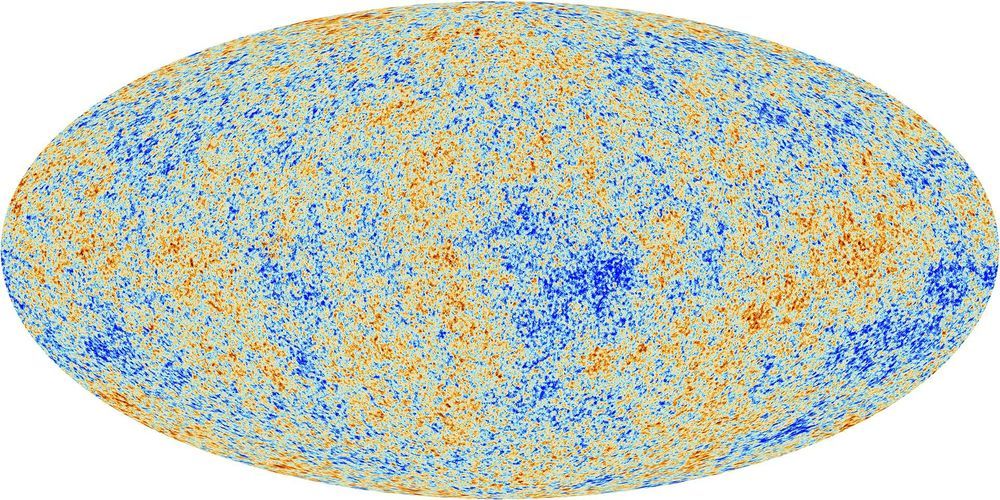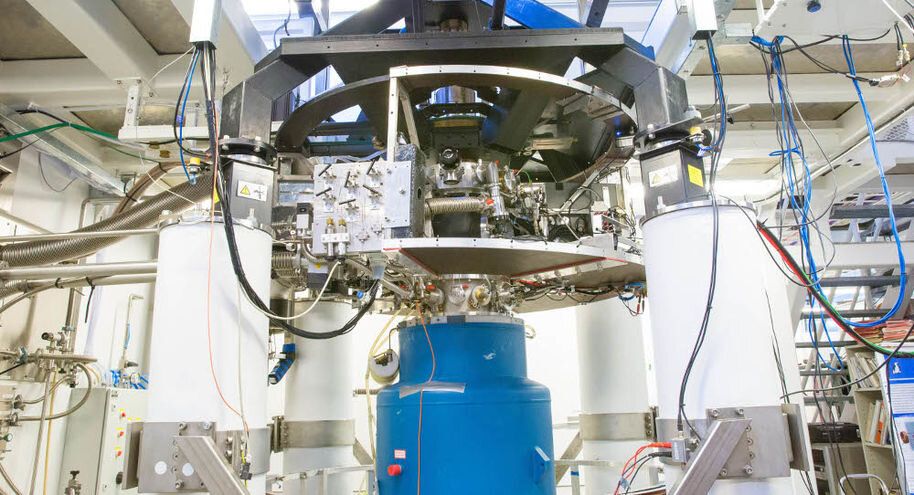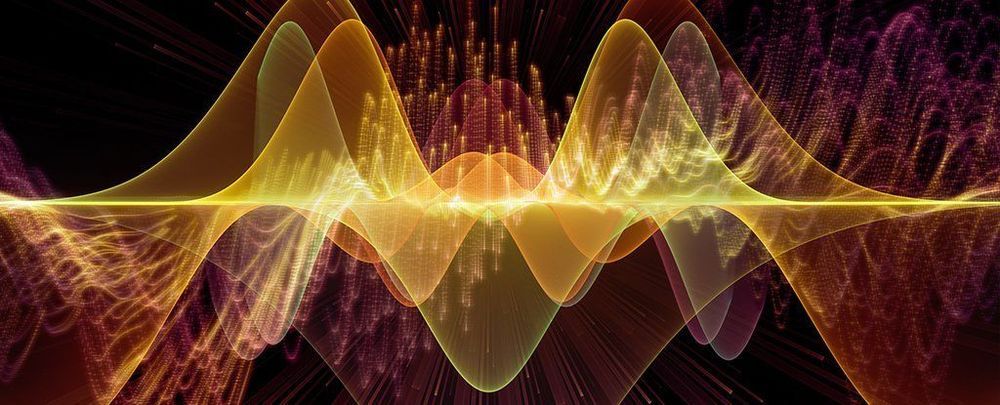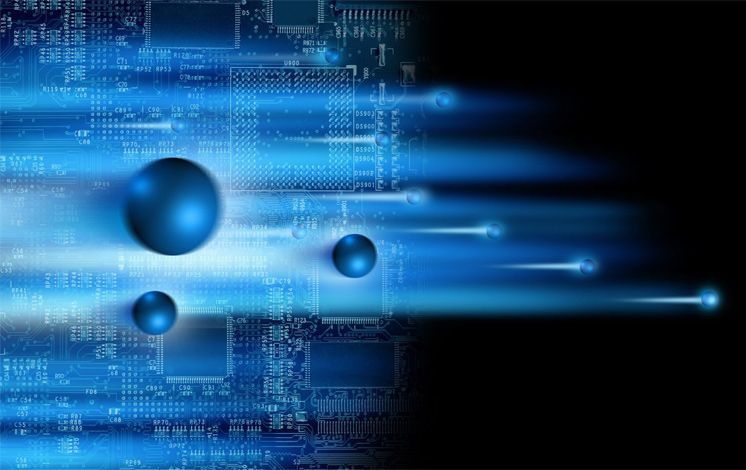Archive for the ‘quantum physics’ category: Page 544
Aug 18, 2020
Black silicon UV responses exceed 130% efficiency
Posted by Saúl Morales Rodriguéz in categories: biotech/medical, nanotechnology, quantum physics
“For the first time ever, we have direct experimental evidence that an external quantum efficiency above 100% is possible in a single photodiode without any external antireflection,” says Hele Savin, associate professor of Micro and Nanoelectonics at Aalto University in Finland. The results come just a few years after Savin and colleagues at Aalto University demonstrated almost unity efficiency over the wavelength range 250–950 nm in photodiodes made with black silicon, where the silicon surface is nanostructured and coated to suppress losses.
Noticing some curious effects in the UV region, Savin’s group extended their study of the devices to focus on this region of the electromagnetic spectrum. UV sensing has multiple applications, including spectroscopy and imaging, flame detection, water purification and biotechnology. While annual market demand for UV photodiodes is expected to increase to 30%, the efficiency of these devices has been limited to 80% at best. To Savin’s surprise, closer analysis of their device’s response to UV light revealed that the external quantum efficiency could exceed 130%. Independent measurements at Physikalisch Technische Bundesanstalt (PTB) verified the results.
Aug 17, 2020
First ever observation of ‘time crystals’ interacting
Posted by Quinn Sena in categories: computing, quantum physics
For the first time ever, scientists have witnessed the interaction of a new phase of matter known as “time crystals”.
The discovery, published in Nature Materials, may lead to applications in quantum information processing because time crystals automatically remain intact—coherent—in varying conditions. Protecting coherence is the main difficulty hindering the development of powerful quantum computers.
Dr. Samuli Autti, lead author from Lancaster University, said: “Controlling the interaction of two time crystals is a major achievement. Before this, nobody had observed two time crystals in the same system, let alone seen them interact.
Aug 17, 2020
The quantum state of play — cloud-based QCaaS and Covid-19
Posted by Malak Trabelsi Loeb in categories: biotech/medical, business, quantum physics, supercomputing
Quantum computing requires meticulously prepared hardware and big budgets, but cloud-based solutions could make the technology available to broader business audiences Several tech giants are racing to achieve “quantum supremacy”, but reliability and consistency in quantum output is no simple trick Covid-19 has prompted some researchers to look at how quantum computing could mitigate future pandemics with scientific precision and speed Quantum computing (QC) has been theorized for decades and has evolved rapidly over the last few years. An escalation in spend and development has seen powerhouses IBM, Microsoft, and Google race for ‘quantum supremacy’ — whereby quantum reliably and consistently outperforms existing computers. But do quantum computers remain a sort of elitist vision of the future or are we on course for more financially and infrastructurally viable applications across industries?
Getting to grips with qubits How much do you know? Ordinary computers (even supercomputers) deploy bits, and these bits comprise of traditional binary code. Computer processes – like code – are made up of countless combinations of 0’s and 1’s. Quantum computers, however, are broken down into qubits. Qubits are capable of ‘superpositions’: effectively adopting both 1 and 0 simultaneously, or any space on the spectrum between these two formerly binary points. The key to a powerful, robust, and reliable quantum computer is more qubits. Every qubit added exponentially increases the processing capacity of the machine.
Qubits and the impact of the superposition give quantum computers the ability to process large datasets within seconds, doing what it would take humans decades to do. They can decode and deconstruct, hypothesize and validate, tackling problems of absurd complexity and dizzying magnitude — and can do so across many different industries.
Continue reading “The quantum state of play — cloud-based QCaaS and Covid-19” »
Aug 17, 2020
Gearing for the 20/20 Vision of Our Cybernetic Future — The Syntellect Hypothesis, Expanded Edition | Press Release
Posted by Alex Vikoulov in categories: computing, cosmology, engineering, information science, mathematics, nanotechnology, neuroscience, quantum physics, singularity
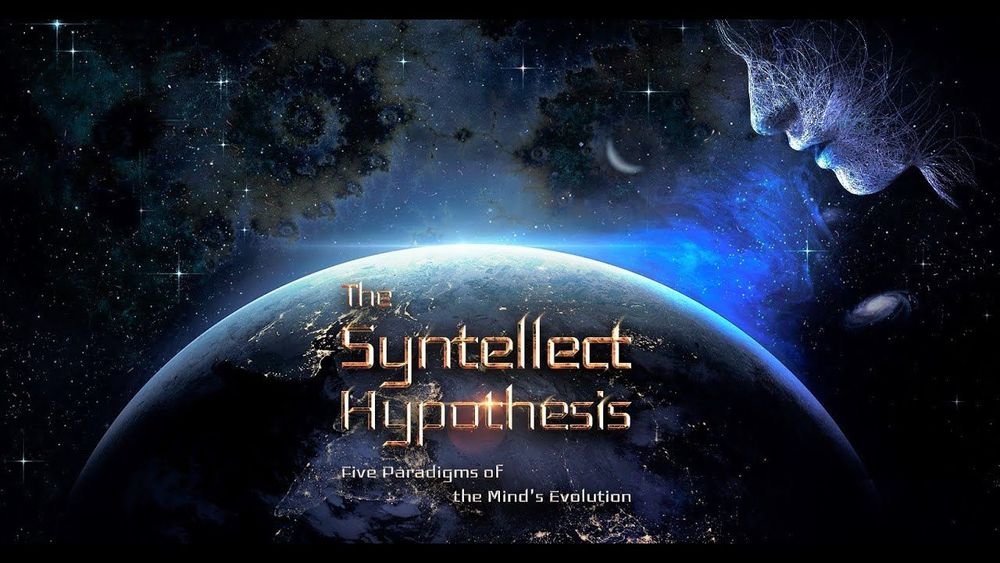
“A neuron in the human brain can never equate the human mind, but this analogy doesn’t hold true for a digital mind, by virtue of its mathematical structure, it may – through evolutionary progression and provided there are no insurmountable evolvability constraints – transcend to the higher-order Syntellect. A mind is a web of patterns fully integrated as a coherent intelligent system; it is a self-generating, self-reflective, self-governing network of sentient components… that evolves, as a rule, by propagating through dimensionality and ascension to ever-higher hierarchical levels of emergent complexity. In this book, the Syntellect emergence is hypothesized to be the next meta-system transition, developmental stage for the human mind – becoming one global mind – that would constitute the quintessence of the looming Cybernetic Singularity.” –Alex M. Vikoulov, The Syntellect Hypothesis https://www.ecstadelic.net/e_news/gearing-for-the-2020-visio…ss-release
#SyntellectHypothesis
Aug 17, 2020
Philosophical Insights on Universal Consciousness and Evolving Phenomenal Mind
Posted by Alex Vikoulov in categories: alien life, particle physics, quantum physics, robotics/AI, singularity, virtual reality
The Universe or any other phenomenon or entity contained therein is not objectively real but subjectively real. Patterns of information emerging from the ultimate code are what is more fundamental than particles of matter or space-time continuum itself all of which is levels below the Code. Nature behaves quantum code-theoretically at all levels. It’s hierarchies of quantum networks all the way down and all the way up. Being part of hierarchical quantum neural networks, a conscious observer system possesses a strange quality: collapsing quantum states of entangled conscious entities and having a privileged interpretation of that. From this perspective, entangled conscious agents would be a mirror conscious environment, whereas the quantum observer would be a central node of the entangled network.
“If we accept that the material universe as we know it is not a mechanical system but a virtual reality created by Absolute Consciousness through an infinitely complex orchestration of experiences, what are the practical consequences of this insight?” –Stanislav Grof
Just like absolute idealism, solipsism certainly defies our common sense but the deeper layer of truth is not what first meets the eye. Here’s what Richard Conn Henry and Stephen Palmquist write in their paper “An Experimental Test of Non-local Realism” (2007): “Why do people cling with such ferocity to belief in a mind-independent reality? It is surely because if there is no such reality (as far as we can know) mind alone exists. And if mind is not a product of real matter, but rather is the creator of the illusion of material reality (which has, in fact, despite the materialists, been known to be the case, since the discovery of quantum mechanics in 1925), then a theistic view of our existence becomes the only rational alternative to solipsism.” One can extend their line of reasoning by arriving at pantheistic solipsism as a likely revelation to ponder about.
Continue reading “Philosophical Insights on Universal Consciousness and Evolving Phenomenal Mind” »
Aug 16, 2020
White House budget proposal would hike AI and quantum funding by 30 percent
Posted by Kelvin Dafiaghor in categories: quantum physics, robotics/AI
AI the single most important tool humanity has conceived.
A White House proposal for the 2021 budget would raise funding for AI and quantum computing by 30 percent.
Aug 16, 2020
Scientists Just Found a Way to Make Quantum States Last 10,000 Times Longer
Posted by Genevieve Klien in category: quantum physics
One of the major challenges in turning quantum technology from potential to reality is getting super-delicate quantum states to last longer than a few milliseconds – and scientists just raised the bar by a factor of about 10,000.
They did it by tackling something called decoherence: that’s the disruption from surrounding noise caused by vibrations, fluctuations in temperature, and interference from electromagnetic fields that can very easily break a quantum state.
“With this approach, we don’t try to eliminate noise in the surroundings,” says quantum engineer Kevin Miao, from the University of Chicago. “Instead, we trick the system into thinking it doesn’t experience the noise.”
Aug 15, 2020
New Algorithm Paves the Way Towards Error-Free Quantum Computing
Posted by Quinn Sena in categories: computing, information science, quantum physics
To avoid this problem, the researchers came up with several shortcuts and simplifications that help focus on the most important interactions, making the calculations tractable while still providing a precise enough result to be practically useful.
To test their approach, they put it to work on a 14-qubit IBM quantum computer accessed via the company’s IBM Quantum Experience service. They were able to visualize correlations between all pairs of qubits and even uncovered long-range interactions between qubits that had not been previously detected and will be crucial for creating error-corrected devices.
They also used simulations to show that they could apply the algorithm to a quantum computer as large as 100 qubits without calculations getting intractable. As well as helping to devise error-correction protocols to cancel out the effects of noise, the researchers say their approach could also be used as a diagnostic tool to uncover the microscopic origins of noise.
Aug 15, 2020
Quantum coherence breakthrough: 10,000 times longer
Posted by Future Timeline in categories: innovation, quantum physics
Universal coherence protection has been achieved in a solid-state spin qubit – a modification that allows quantum systems to stay operational (“coherent”) for 10,000 times longer than before.
